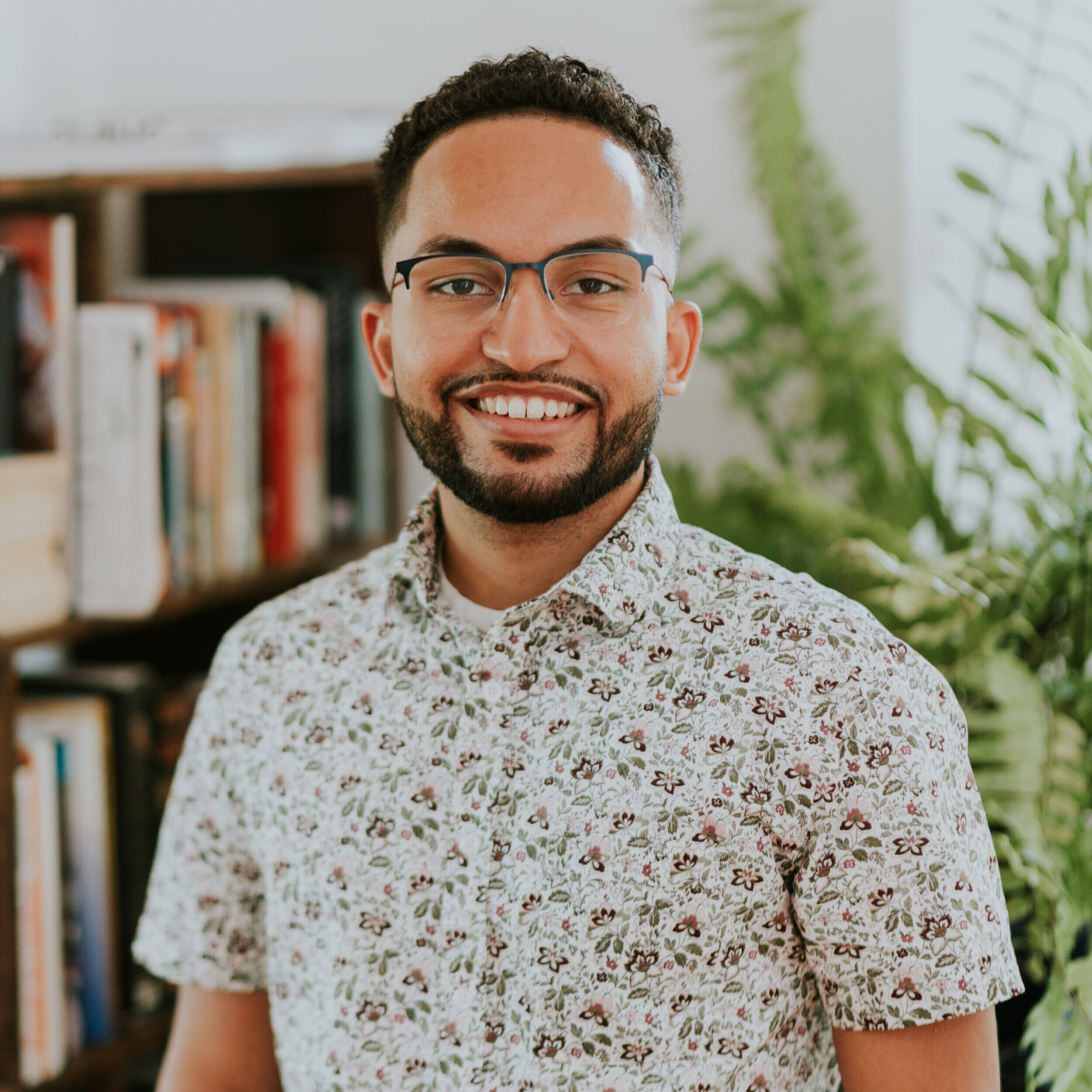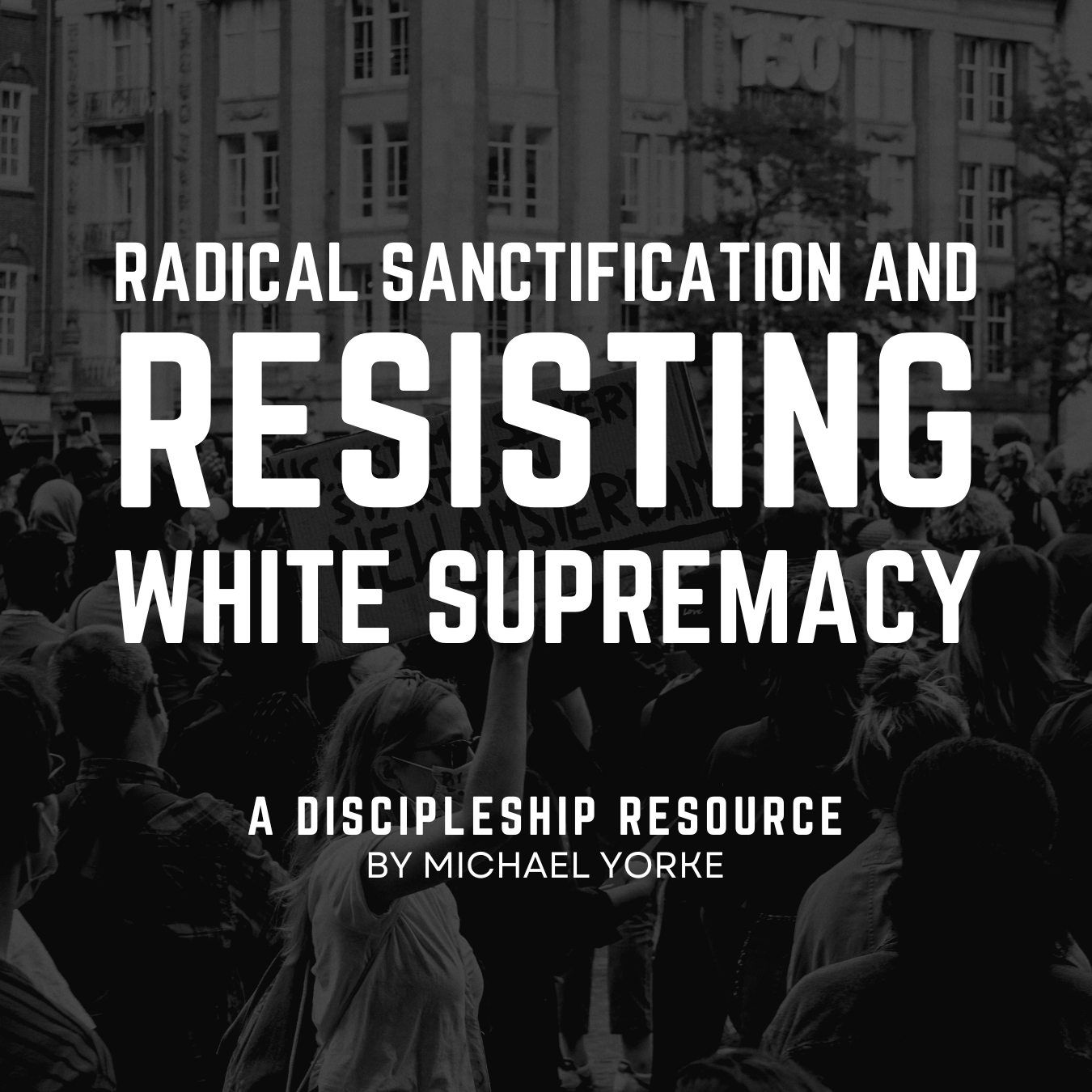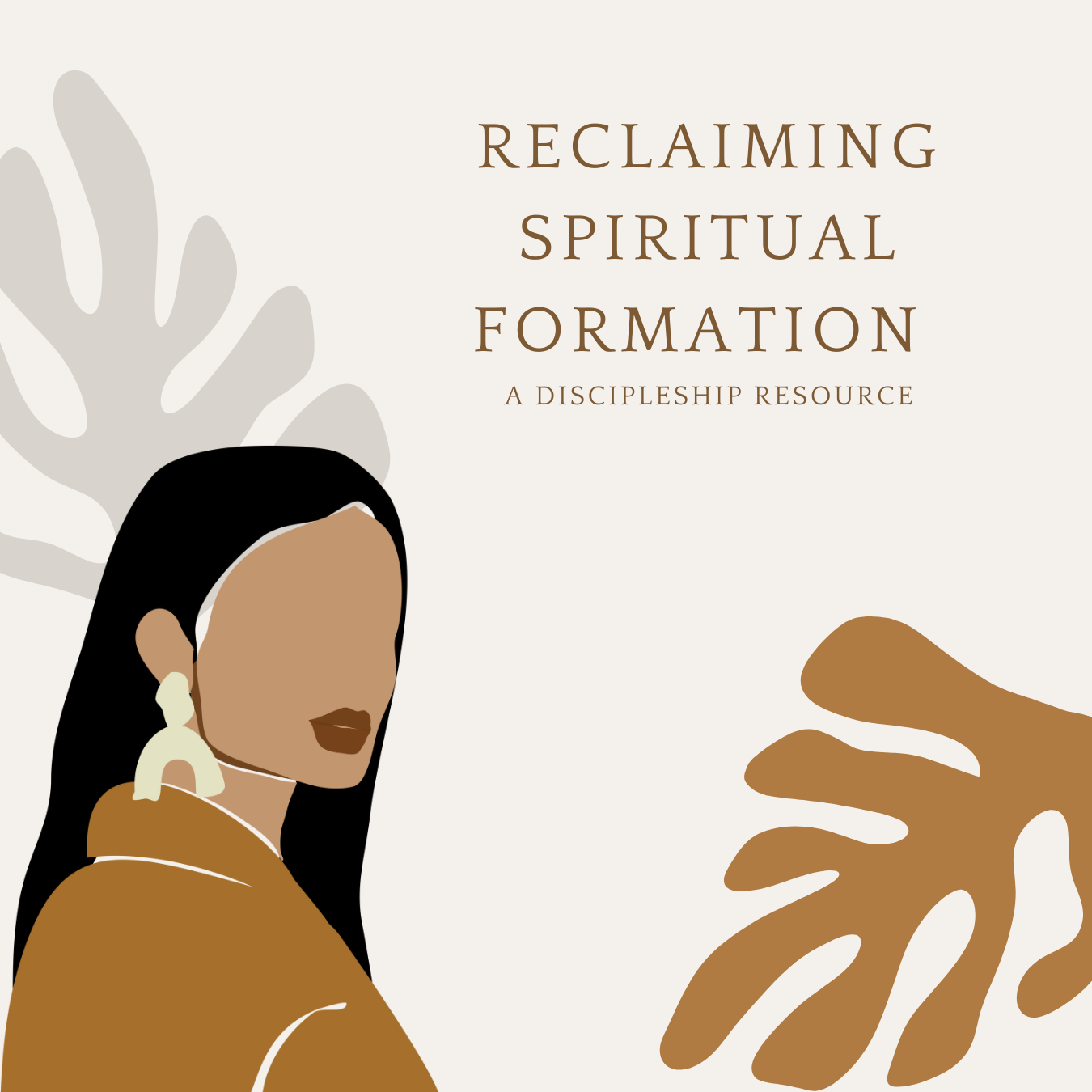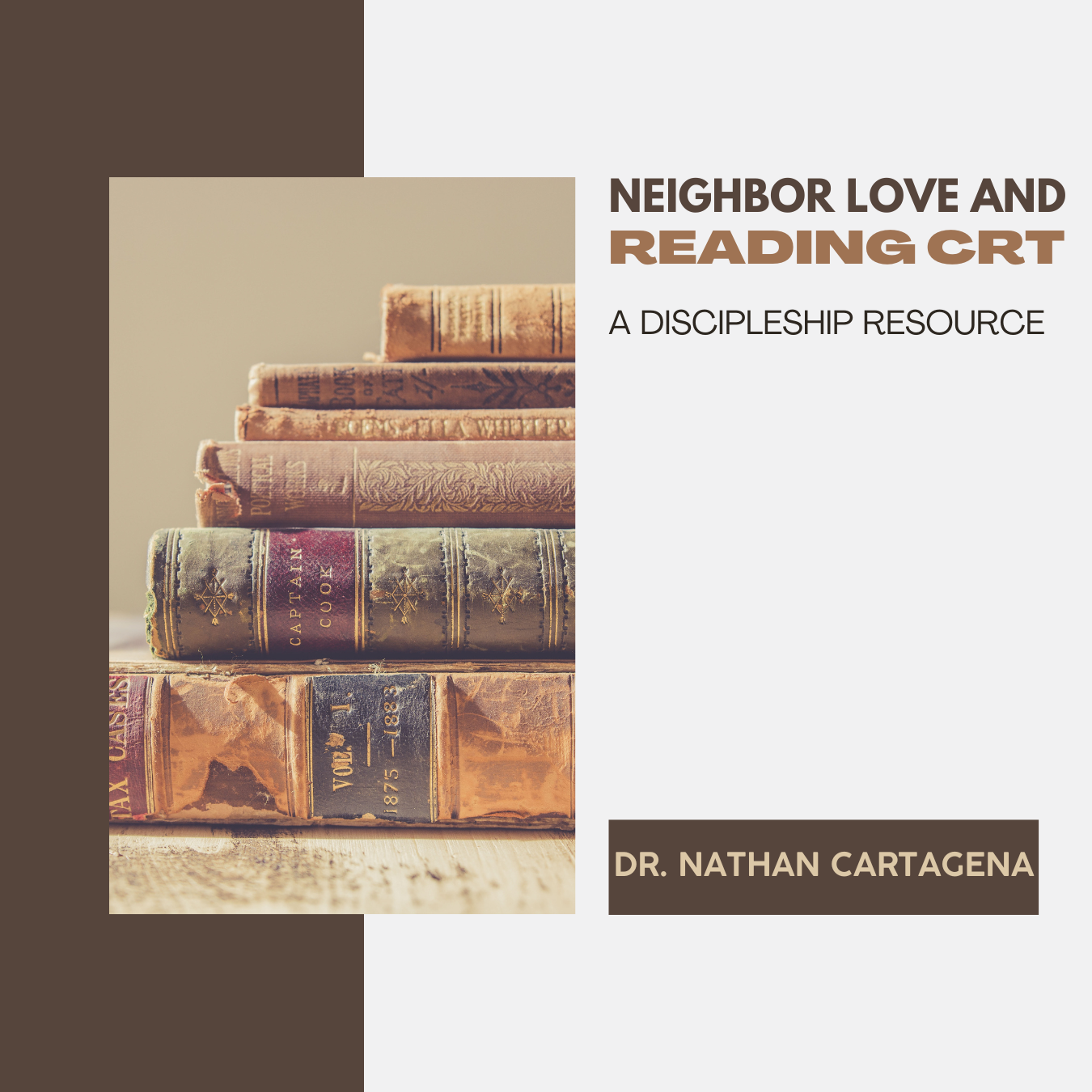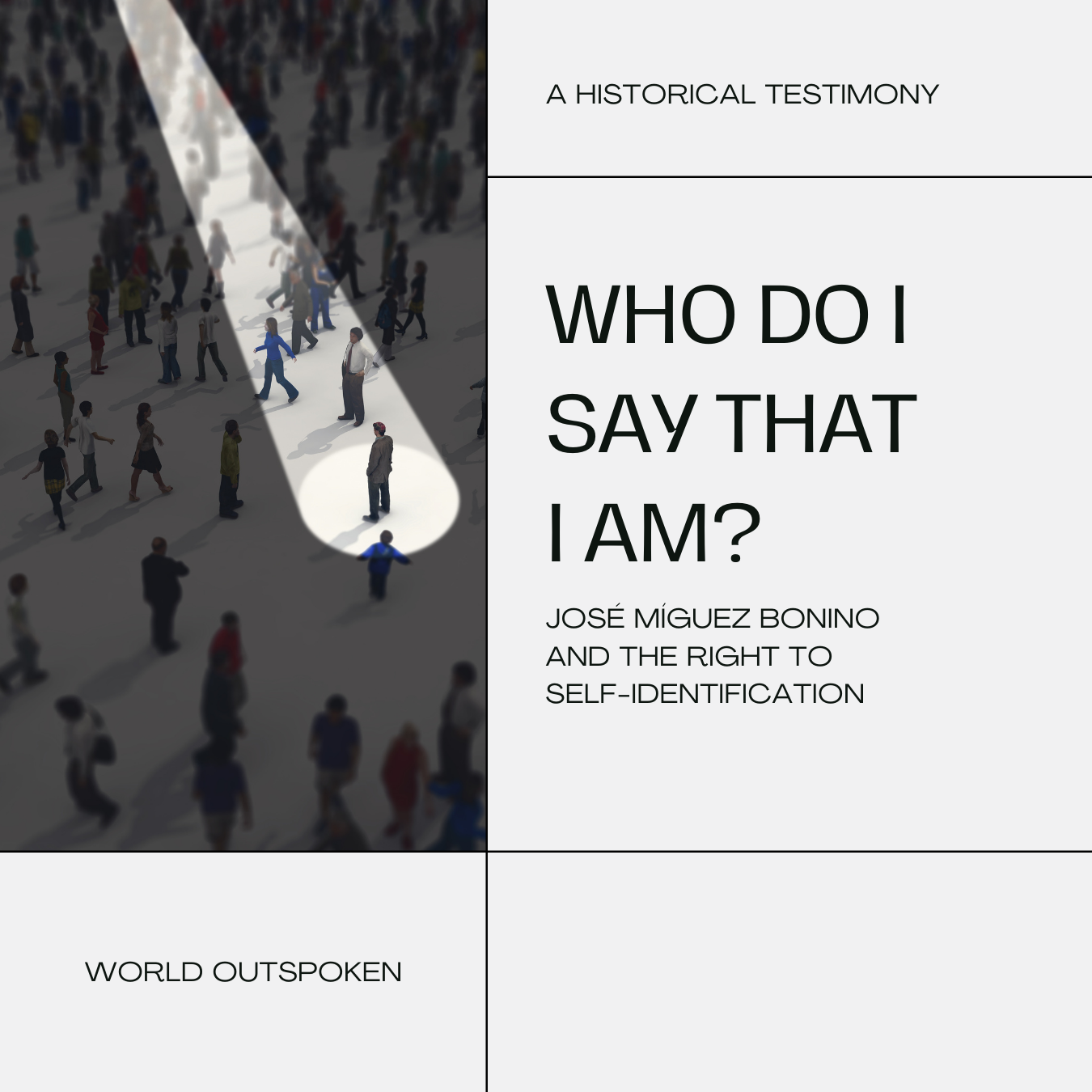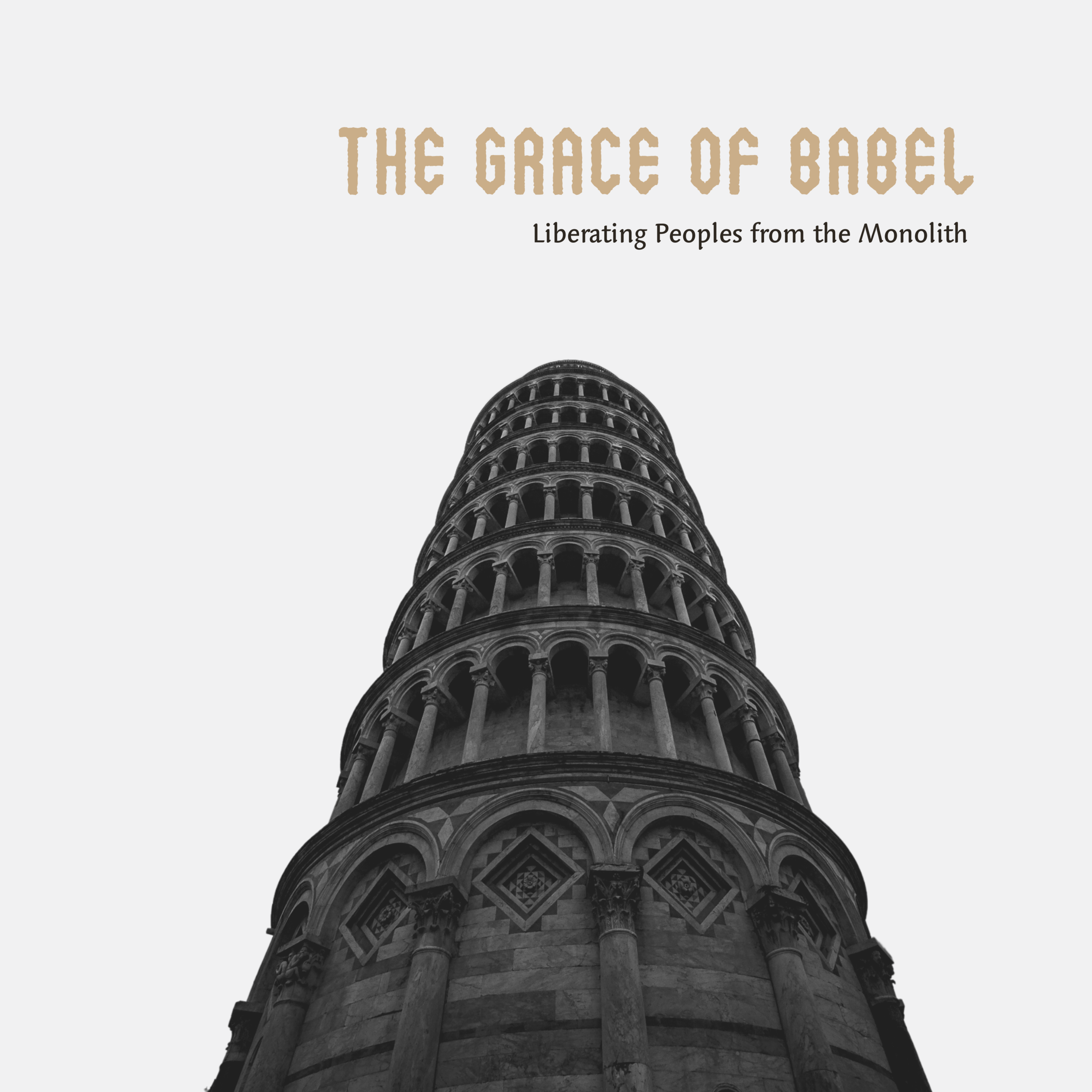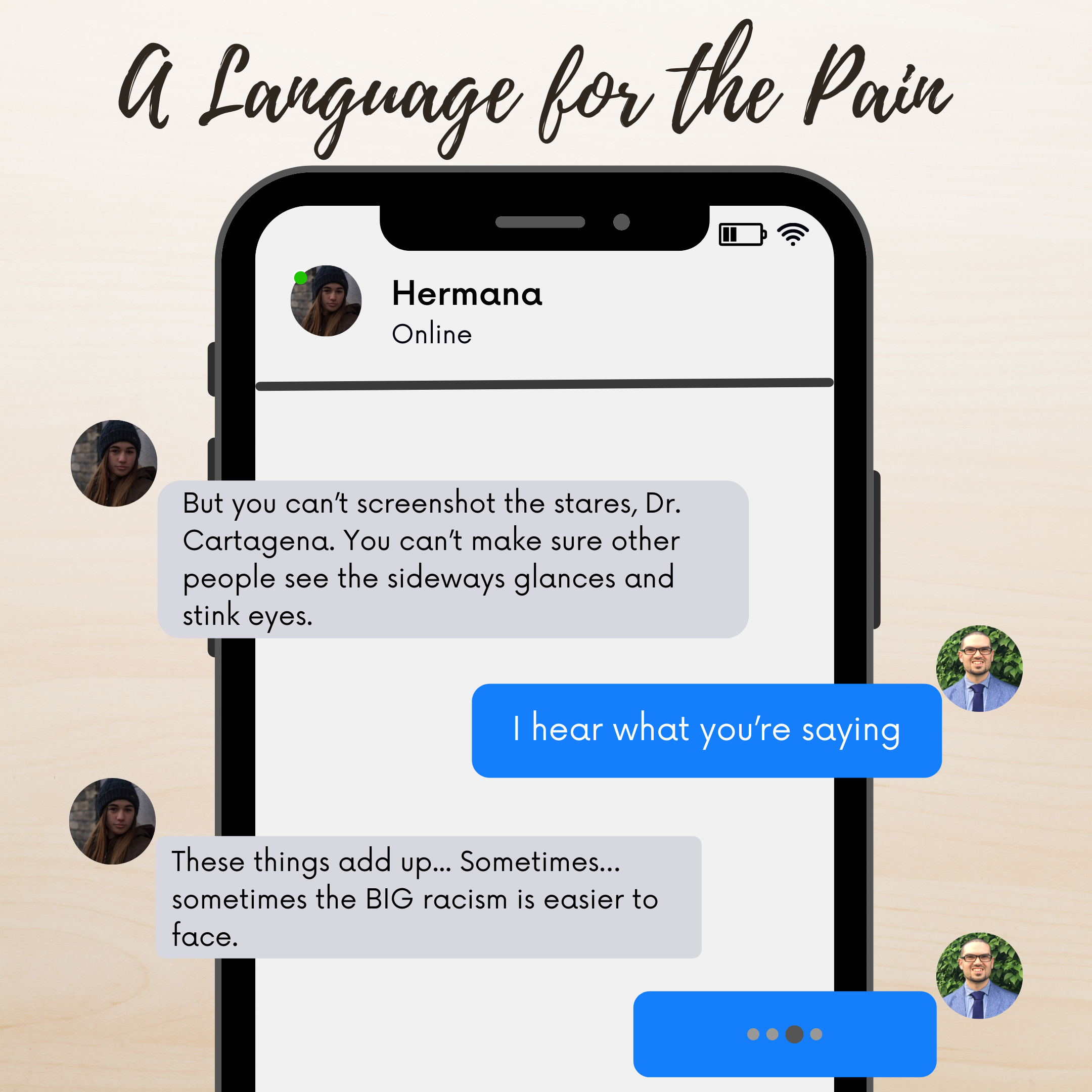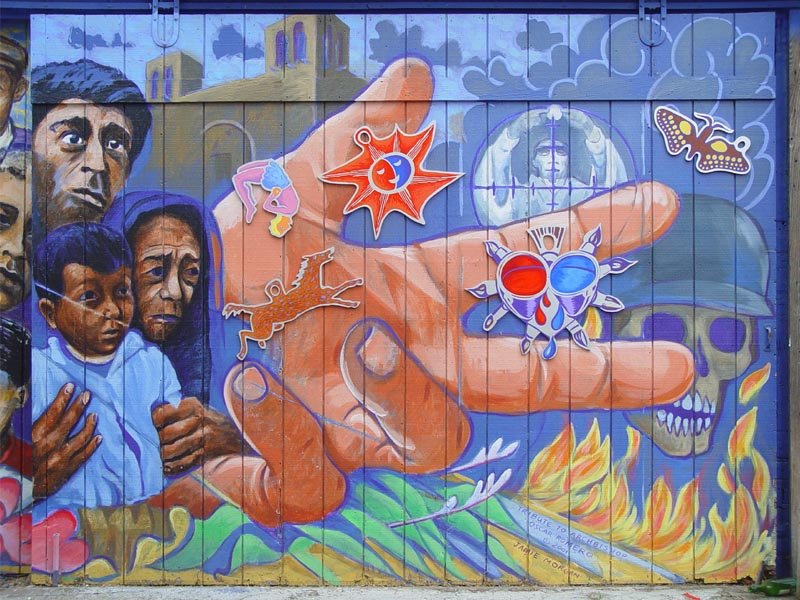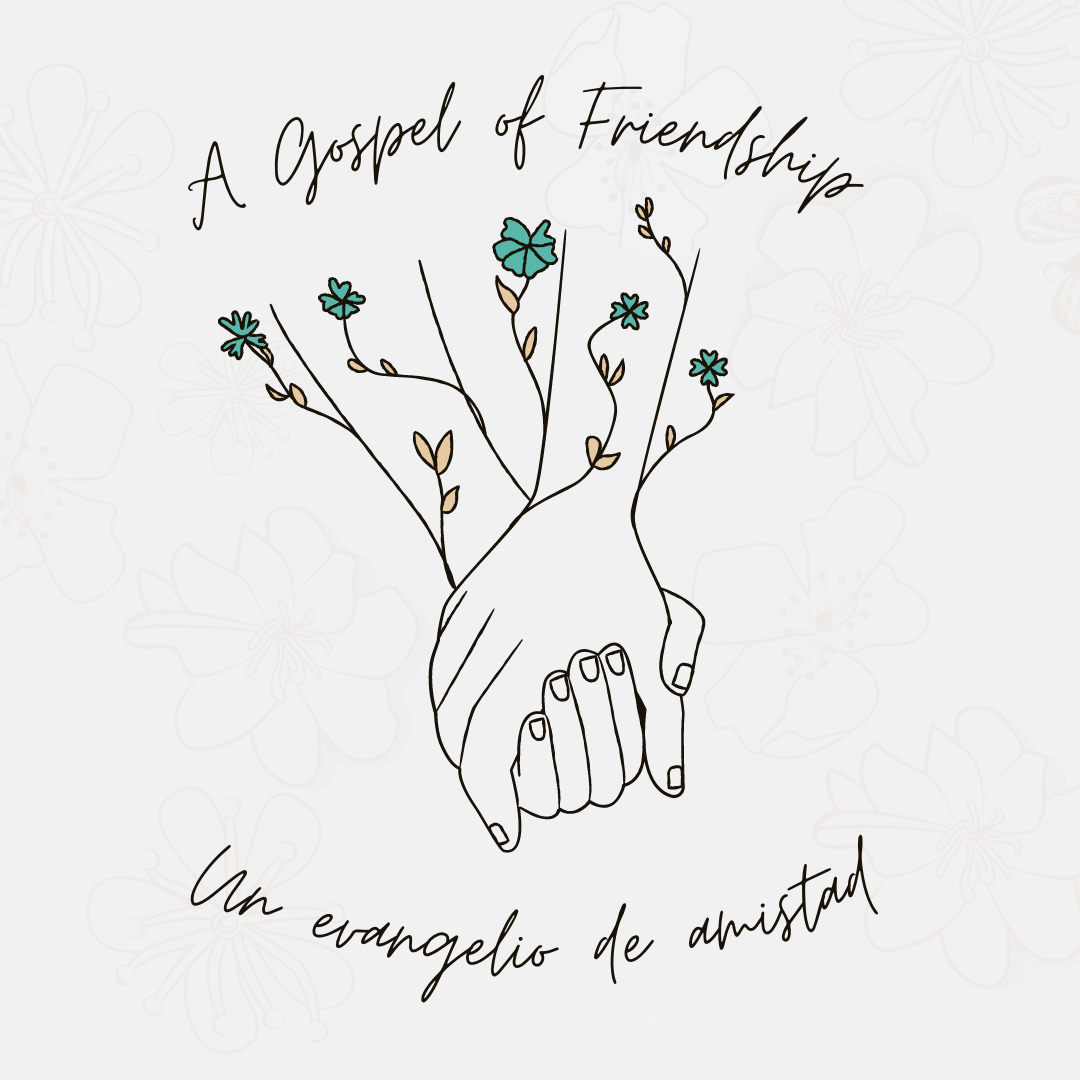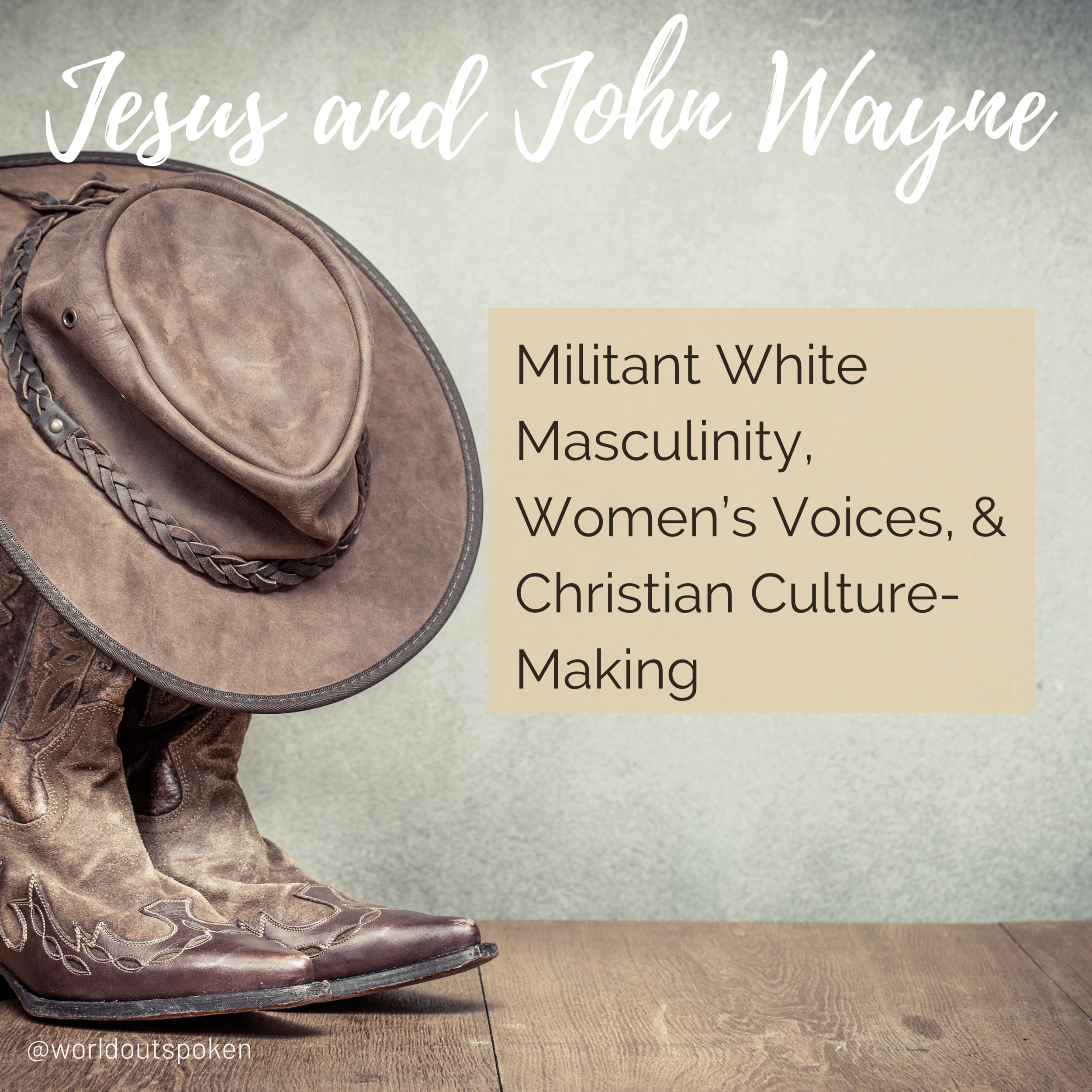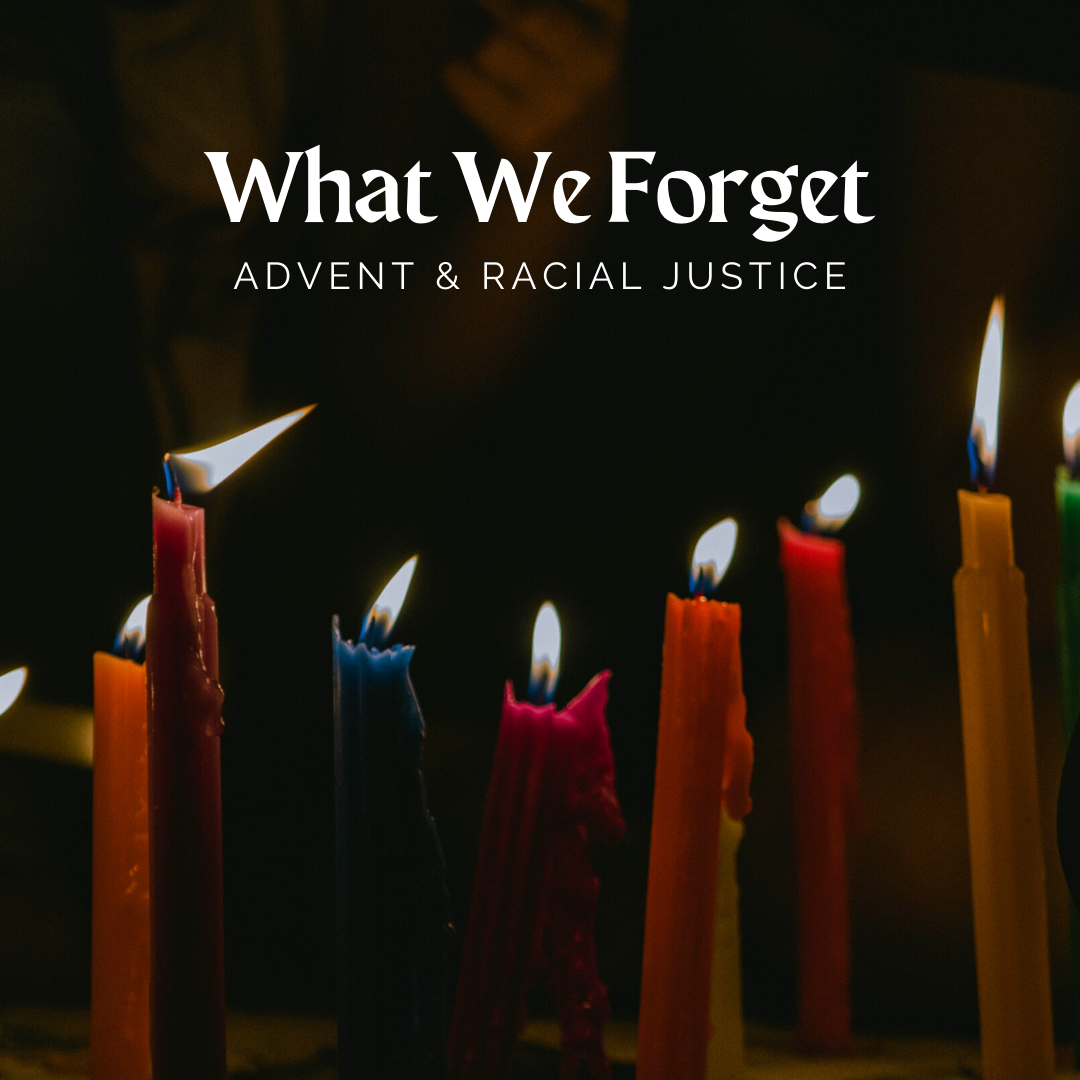This article is from the forthcoming Moody Center magazine, set to publish spring 2022. To learn more about the magazine and Moody Center, subscribe to their newsletter.
Middle-America is currently facing a years-long identity crisis.
The March 2018 issue of National Geographic includes an article by Michele Norris titled, As America Changes, Some Anxious Whites Feel Left Behind. Its subtitle reads: “Demographic shifts rippling across the nation are fueling fears that [white] culture and standing are under threat.” The story centers on Hazleton, Pennsylvania, an old coal mining town transformed by an influx of Latin Americans, particularly Afro-Latinos from the Caribbean. White residents – themselves children of European immigrants to Hazelton – repeatedly told Norris during interviews they now felt “outnumbered.” She writes about white residents no longer participating in the town’s fall parade because it “became too scary. Too uncomfortable … too brown.” White Hazletonians were feeling, perhaps for the first time ever, the cultural collision, el choque, that has shaped the borderlands of the US for over a century. Their reaction to this encounter is unsurprisingly defensive:
“With Hazleton’s changing demographics and persistent economic decline, the community began to see itself as white. The city reasserted its identity as white.”[1]
The realities of the US borderlands are no longer bound to the outer edges of the country, and Hazelton’s identity crisis exemplifies a common response. This crisis, and the fear stemming from it, marks wide-reaching debates about racial justice and the role of the evangelical church; it raises questions about who US Americans are and what must be conserved as things change. Few evangelical leaders are addressing the identity question inherent to the growing tensions in towns like Hazelton. Fewer still are asking if a non-white community identity can help congregations bring peace between neighbors. Ironically, the very people whose presence is cause for Hazeltonian suspicion produced a theological category and identity from which to imagine this peace. US-Latin American theologians reimagined the meaning of a racist identifying name and in doing so created a good tool to use according to the guidance of the Spirit. This article explores the US-Latin American use of the “mestiza y mestizo” identity as a tool to resolve the crisis and move toward peace.[2]
A Brief History of “Mestizaje”
During their colonization of the Caribbean and Latin America, the Spanish developed a system of racial classifications to assert their superiority. Sanctioned and perpetuated by the church, these racial categories became the hierarchical and ordering arrangement of Spanish colonies. Those designated “blanco” (white) were given the full rights and privileges of a colonial citizen. The Spanish system included 14-20 official classifications of racial mixture to distinguish between greater and lesser “whiteness” and provided measured rights and privileges accordingly. These racial categories were fluid but rooted in phenotype (e.g. skin color, hair type, etc.). Some people managed to move up via the accrual of wealth, becoming a priest, or being appointed to serve in government, and they received certificates of racial purity as they arrived at “white” status.
Mestiza/o was one of the official classifications of the Spanish colonies. It was given to those mixed children of Indigenous and Spanish blood. This designation would later become the leading self-identity for several Latin American countries attempting to establish their own peoplehood. Mexico, for instance, under the guidance of philosophers and politicians like Jose Vasconcelos, attempted to encourage (often by force) the mixing of remaining African and Indigenous people in the land, so they could become one “mestizo” people. Cuba, Colombia, Brazil, and other nations had similar blanqueamiento (whitening) programs that were justified according to racial improvement logics.[3] The goal of these programs was to move the people further up the scale toward becoming “white.”
In the 1960s, along the borders of the US, Latin-American pastors, poets, activists, and theologians reappropriated the word mestiza/o to describe the experience of Latina/o diaspora. That is, the term now described the bi-cultural tension of Latina/os born along the border who felt neither fully of the US or the country of their parentage. These Latina/os felt they belonged to both and neither at once; They were, as one writer would say, living “on the hyphen.” These borderland mestiza/os made mistakes in adopting such a term for their purposes, yet their use of mestiza/o reveals a way of imagining belonging that can be useful to the church. Here are three ways the mestiza/o identity can serve the church’s witness to a US in crisis.
1) Rejecting the Purity Myth
By definition, mestiza/os are impure. They are the byproduct of colonization by Spain and US-empire expansion. The former produced people of literal mixed heritage. The latter created the circumstances in which the already mixed person experienced a second-level mixing of culture, theology, and race. Gloria Anzaldúa would call this second mix a product of a “choque” (collision) that created dissonance for the Mestiza/o. This dissonance, what Anzaldúa calls “mestiza consciousness,” stands in stark contrast to “the theory of the pure Aryan, and to the policy of racial purity that white America practices.”[4] Because the mestiza must operate between worlds that neither accept nor include her fully, she can better handle ambiguity and develops a tolerance for contradictions. She learns to participate as a partial exile in worlds borne of conflict. To say it plainly, mestizas are disinterested in the claims of objectivity and purity used by whites to protect and insulate themselves from others.
Consider the way the Hazeltonian reaffirmation of whiteness animates retreat by its residents; they flee from that which they cannot understand. They wish to retain the “purity” of their vision for Hazelton. They accuse their Afro-Latina/o neighbor of distorting, deforming, and breaking the town fabric. Anzaldúa demonstrates the irrationality of this purity myth. Her ideas press the Hazeltonians to see themselves as equally impure byproducts of their collision with new lands and exile from former European roots. Their practices are not more true, good, or beautiful. Both “white” and non-white exist as impure products of a violent history, mixtures born from empires.
2) Accepting a Non-Innocent History
The complexity revealed in the mestiza/o identity echoes a truth long affirmed by the Church: no human is pure and innocent (Rom. 3:23). Whiteness, understood as a purity claim, records a history of innocence that reifies that purity. The default for whites is innocence, not guilt; racial purity is equated with moral purity. This began with the endorsement of the church on the racial arrangement of colonies, and it persists in many respects today. This self-defense is only possible through organized forgetting – “the intentional, repetitious omitting of certain facts, narratives, and artifacts, and the repetitious presenting of other facts, narratives, and artifacts, [by which] communities form themselves to know some things and to overlook or disremember other things.” Any attempt to disassociate from historical (and present) racism is conditioned by this form of forgetting. The normalcy of the forgetting is what makes it possible for “whites” to feel innocent regarding racial systems. They simply do not know what they do not know. Once more, whiteness moves away from sound doctrine, and the mestiza/o identity offers a corrective.
Theologian and church historian Justo Gonzalez, referring to Hispanics and their inherited history, writes:
Our Spanish ancestors took the lands of our [Native] ancestors. Some of our [Native] ancestors practiced human sacrifice and cannibalism. Some of our Spanish forefathers raped our [Native] foremothers. Some of our [Native] foremothers betrayed their people in favor of the invaders. It is not a pretty story. But it is more real than the story that white settlers came to this land with pure motivations, and that any abuse of inhabitants was the exception rather than the rule. It is also a story resulting in a painful identity.[5]
Anzaldúa expands Dr. Gonzalez’s line of reasoning. In a world deeply marked by conflict, Anzaldúa believed mestiza/os could serve as mediators because the mestiza consciousness “serves as a mode of self-critique.”[6] Anzaldúa resisted the idea of simple two-sided conflicts where one group is oppressor and the other is oppressed. She believed “no one is exempt from contributing to oppression in limited contexts.”[7] These scholars echo truths of Scripture. The historical church acknowledges it is not beyond the guilt and crookedness of this violent world. The identity of God’s people is always simul justus et peccator (simultaneously righteous and sinner). As those who confess their non-innocence, Christians engage ministry differently.
3) Inverting the Scale (Life in the Middle)
Mestiza/os must make a choice: (a) attempt to move up the scale toward whiteness or (b) as mediators and ambassadors, pursue justice for all those negatively affected by the scale. If Dr. González is right that the mestiza/o identity is a “painful identity” marked by inherited guilt, this must include the ways mestiza/os have made attempts to move up the scale to white. Surely mestiza/o history does not stop with the earliest ancestors. Those blanqueamiento (whitening) programs meant to produce mestiza/os demonstrate the ways Latina/os perpetuate racism. On the other hand, shaped and informed by theology, mestizaje offers a vision for ministry rich with gospel implications. This vision begins with the subversion of the scale all-together. In other words, it begins by resisting whiteness’ invitation toward preferential treatment of the powerful (James 2:1-13). Instead, mestiza/os are invited to take up God’s missional focus on the poor.
The mestiza/o who prioritizes those affected by racial injustice also approaches their ministry methods with deep humility. In their work, they acknowledge their impurity and non-innocence; they are aware of the real risk for self-contradiction. These three lessons inform the church’s approach to the identity crisis poisoning towns like Hazelton. Rejecting whiteness is about remembering collective guilt, acknowledging shared impurity, and prioritizing the inverted scale.
“It is in the very way of Jesus that mestizos find their mission: to create. In this is both the excitement and challenge. God might have created the world in seven days, but it takes us many generations to create a new humanity, a new culture. It cannot be merely legislated. It has to develop gradually through the efforts of the poets, the artists, the thinkers…” the culture-makers.[8]
About Emanuel Padilla
Emanuel Padilla is president of World Outspoken and cohost of the Mestizo Podcast. He is committed to serving bi-cultural Christians facing questions of identity, culture, and theology. He also serves at The Brook, a church on the northwest side of Chicago, along with his wife Kelly.
Follow him on Twitter to learn more.
Footnotes
[1] Jamie Longazel, professor at John Jay College of Criminal Justice in New York City, as quoted by Norris.
[2] The words “mestiza, mestizo, mestizaje” and related variants have unique meanings in various Latin American countries. The focus in this article is the specific use of the word(s) by Latin Americans in the US.
[3] See PBS documentary Black in Latin America (2011) for more information on forced miscegenation political programs.
[4] Gloria Anzaldúa, Norma Cantú, and Aída Hurtado, Borderlands / La Frontera: The New Mestiza, 4th ed. Edition (San Francisco: Aunt Lute Books, 2012), p. 99.
[5] Justo L. González, Manana: Christian Theology from a Hispanic Perspective (Abingdon Press, 2010), p. 40. As a point of observation regarding non-innocence, it is worth noting the exclusions in Gonzalez’s comments about Hispanic heritage. It could be said that Gonzalez is guilty of exclusion of the African in his historical account, and in so doing, is non-innocent regarding their erasure.
[6] Nestor Medina and Nstor Medina, Mestizaje: Remapping Race, Culture, and Faith in Latina/O Catholicism (Maryknoll, N.Y: Orbis Books, 2009), p. 25.
[7] Anzaldúa, Cantú, and Hurtado, Borderlands / La Frontera, p. 8.
[8] Virgilio Elizondo, Davíd Carrasco, and Sandra Cisneros, The Future Is Mestizo: Life Where Cultures Meet, Revised Edition, Revised, Subsequent Edition (Boulder, Colo: University Press of Colorado, 2000).
Articles like this one are made possible by the support of readers like you.
Donate today and help us continue to produce resources for the mestizo church.



